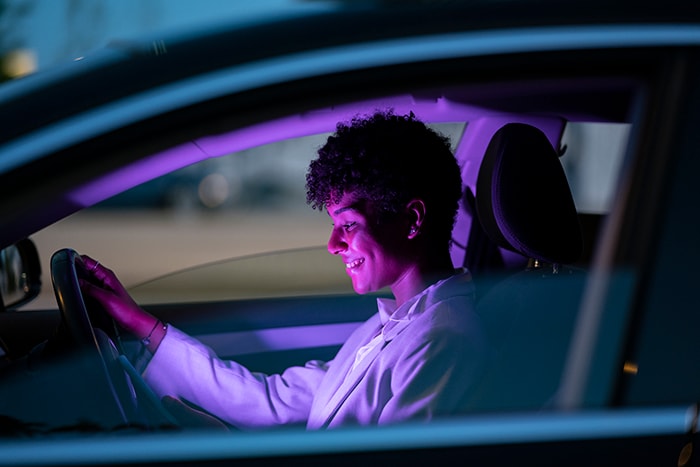For over 100 years, the biggest problems with automobiles are related to the fact that human beings drive them. We are far from perfect and the number one reason for most auto accidents comes down to human error. But technology is coming that will greatly reduce the number of accidents that occur.
Vehicle safety devices have evolved from simple seat belts and air bags, to anti-lock brake systems (ABS), to a whole new world of advanced driver-assist systems (ADAS) that are available on today's cars in an effort to improve safety. These systems use video cameras, various sensors, radar, lidar and other technologies to help prevent injury and death due to car accidents. ADAS systems are evolving fast and currently include pedestrian detection and avoidance; lane departure warning and lane-keep assist; traffic sign recognition; adaptive cruise control; automatic emergency braking; blind spot detection and monitoring; and parking assist. Put all of these driver assist features together and you have the beginning of autonomous driving. This kind of technology allows the vehicle to detect when other objects such as cars, trucks, animals and people are getting too close to our cars and then works to brake when necessary or even maneuver the vehicle out of the way of danger.



